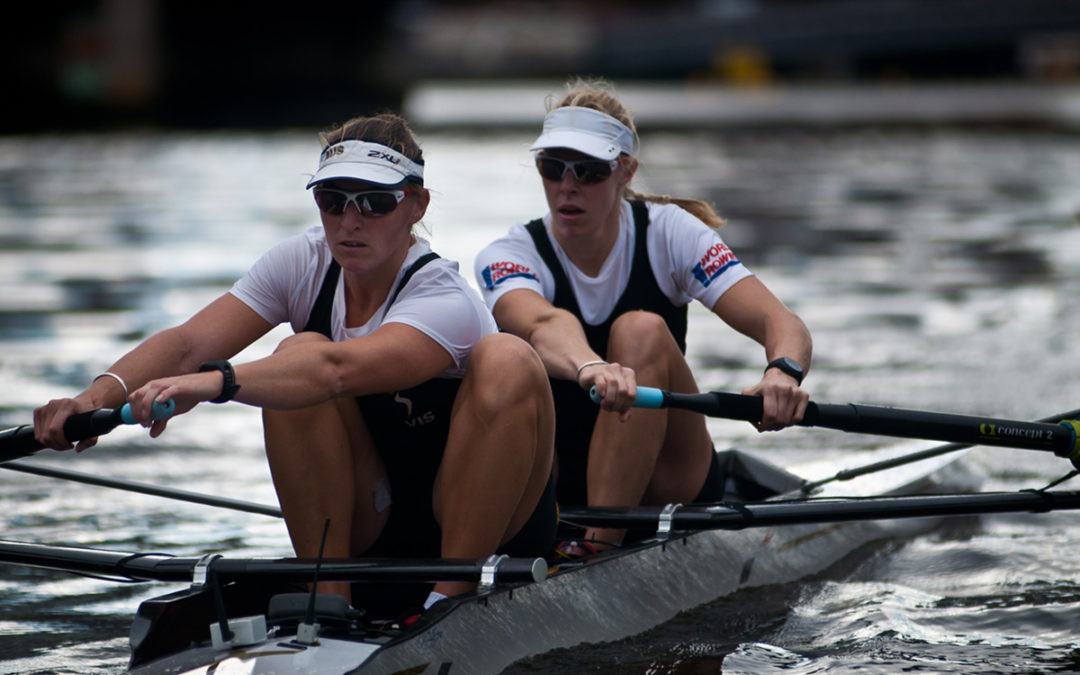More Power: Reducing ’empty’ movements and engaging the gluteal complex
Obtaining the best performance means getting the best out of our physiology and mechanics.
However this is often simplified by looking at how much weight is on the squat bar or the seconds off an athlete’s ergometer time. We like to take a more detailed view of how an outcome is obtained. This process means we can be specific on areas which may make an athlete more powerful or stronger in a particular area, but also enables performance improvement to be obtained by eliminating unnecessary or “power-reducing” movements.
These could be movements that impede optimal body function, movements that adversely affect the mechanics of the body, and movement that are ’empty’ – ie, do not produce any power than can be applied to move the boat but sap precious energy. By looking at these areas we can optimise the power that is actually being applied to move the boat, not just rely on big ergo scores.
Let us consider one of the least understood ’empty’ movements in rowing: the effect of the heel dropping through the drive phase.
When pushing off a flat foots stretcher at the catch, the athlete’s foot is in a flexed position, with weight being braced against a small area under the ball of the foot. From the start of the drive the heel is forced back towards the footboard as the foot searches for a stronger position. We became interested in the effects of this because as the heel drops so does the knee, resulting in an empty descending movement of the lower limb.
The biomechanic analysis software superimposed on the photo above shows the line of the knee dropping immediately from the start of the catch as the heel drops. Not only does this descending movement compromise the mechanical angles created by the athletes stroke length, but until the heel engages with the footstretcher (for most athletes between 60-80% through the leg drive) the biggest muscle group able to be harnessed by the athlete, the gluteal complex, cannot be effectively engaged. The result? The athlete wastes the potential of their biggest muscle group during the early part of the drive, thus a significant percentage of the short time the blade is in the water.
Our BAT Logic equipment positively effects what is required to eliminate these wasted movements and harness the existing physiology and mechanics of the athlete. For more information www.batlogic.net/benefits

